Click here to see the online version.
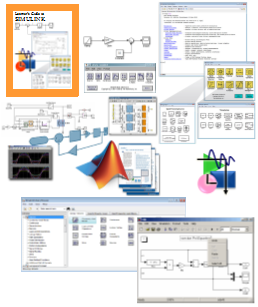 |
Training on System Level Modelling & Simulation Uncover SIMULINK for Model Based Design Klang Valley |
and intuitive modeling and simulation environment,
it can be deployed for high-level abstraction
of any physical system..."
Any physical systems can be represented visually as connected blocks carrying specific functionalities. This method of system modeling carries a few advantages. Firstly, each cluster of connected blocks or subsystem, can be defined, analyzed and tested separately. Secondly, subsystem with specific functionalities can be easily re-used in other design. Simulink, with its powerful blocks-based representation and intuitive modeling and simulation environment, can be deployed for high-level abstraction of any physical system. With that, Simulink has found popularity in modeling and simulation of automotive, aerospace, defense and other physical systems. This course is targeted towards engineers who are new to Simulink environment. It covers topics and step-by-step guidance on how to develop continuous-time and discrete-time systems with Simulink. In addition, concepts of model-hierarchy and condition-based system execution as well as automation of simulation via MATLAB Command Line will also be highlighted. The course is well-supported by illustrative examples and exercises to aid understanding and familiarity of the Simulink environment. |
 |
 |
Course highlights This course is intended as a basic introduction to Simulink for system modeling and simulation. As such, participants will be well-supported by detailed step-by-step guidance and plenty of examples and exercises. What you will learn
|
Course methodology
The course begins with introduction to Simulink environment and step-by-step guidance on constructing basic Simulink model. The modeling procedures and consideration for algebraic, logical, discrete-time and continuous-time systems are then further elaborated. The course will end with illustration of building custom blocks and libraries.
Course structure
Day 1
- Introduction
- Building Simulink Model
- Simulink library browser
- Constructing system with blocks
- Labeling blocks and signals
- Setting simulation parameters
- Saving and visualizing simulation results
- Creating vector, matrix and bus signals
- Visualizing signals with scopes
- Automating with MATLAB
- Modeling Algebraic and Logical Systems
- Characteristics of stateless system
- Modeling algebraic systems
- Modeling logical systems
- Zero-crossings
- Embedded MATLAB Function
- Algebraic loops
- Modeling Discrete-Time Systems
- Characteristics of discrete-time system
- Modeling with difference equations
- Setting simulation parameters
- Modeling multi-rate discrete-time system
Day 2
- Modeling Continuous-Time Systems
- Characteristics of continuous-time system
- Modeling with differential equations
- Setting simulation parameters
- Combining discrete and continuous system
- Defining Model Hierarchy with Subsystem
- Modeling subsystem
- Virtual and non-virtual subsystems
- Conditionally executed – enabled and triggered subsystems
- Model-Referencing
- Overview of model-referencing
- Difference between sub-systems and model-referencing
- Setting up model referencing
- Simulating and analyzing responses
- Building Custom Blocks and Libraries
- Masking of sub-systems
- Creating new libraries
- Adding libraries to Simulink library browser



Who should attend
Engineers, researchers and academics at all levels who wish to learn about system modeling and simulation with Simulink. The detailed course material and many examples will be invaluable for both learning and reference.
Prerequisites
A basic familiarity with MATLAB environment is preferred.
Note: Due to the nature of the course and the learning expectations, the availability seats are limited. You need to register early to obtain confirmation of your space.
 27 & 28 OCT, 2016 @ MY
27 & 28 OCT, 2016 @ MY
Venue : Klang Valley
10 % Early Registration Discount before 27 SEP
2016
10 % Group Discount for 3 or more from same organization
Sign Up Now
Other upcoming courses to enrich and enhance your technical computing capability and data anaysls skill-set, Just click onto the Title to find out more details.
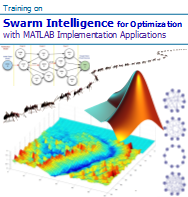 |
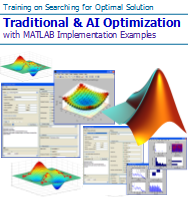 |
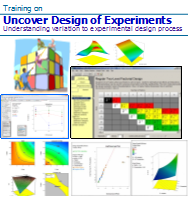 |
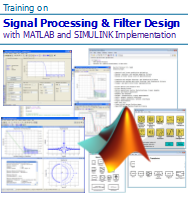 |
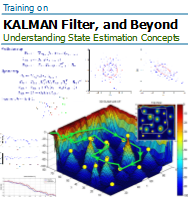 |
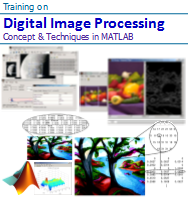 |
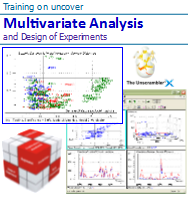 |
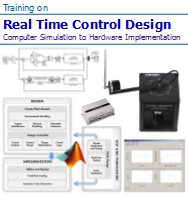 |
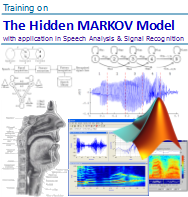 |
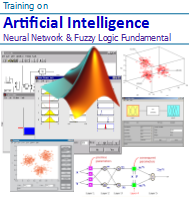 |
 |
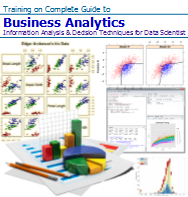 |
For more information, please contact us at enquiry@solutions4u-asia.com
The updates of our training program are sent to you, as we think that they might be of interest and benefit you. Please help to forward to others who may be interested. However, you may unsubscribe if you do not wish to receive further mailing from us. Thank you.